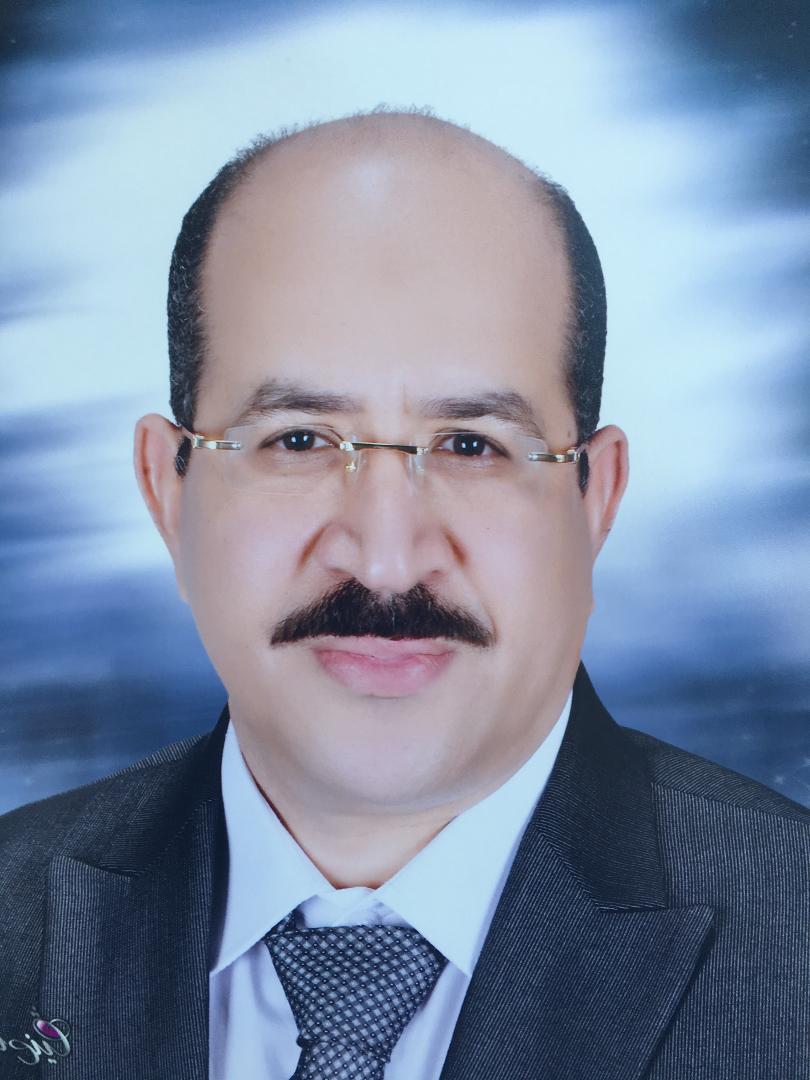Objective: This prospective study was performed to evaluate the results of treating open proximal tibia
fractures by locked plate as one stage technique. Methods: Twelve patients (9 males and 3 females), the mean age
was 38 years, with acute open proximal tibia fractures were treated by aggressive debridement, irrigation and
primary definitive fixation by preshaped anatomical locked plate. There were six patients type A, four patients type
B3 and two patients type C2 according to AO/OTA classification. There were eight patients type III and four
patients type II open fractures according to Gustilo and Anderson classification. Results: All patients were followed
clinically and radiologically with a mean of 16.5 months. All fractures united at a mean of 24 weeks. Knee motion
ranged from a mean of 1° (range, 0°-5°) to 110° of flexion (range, 100°-140°).There were only two patients with
superficial infection, no deep infection developed. At final follow –up ten patients had excellent results and two
patients had good results. Conclusion: The use of this method for the treatment of open proximal tibia fractures had
promising results. However this technique is not generally used and it needs more clinical work to evaluate its
results.

